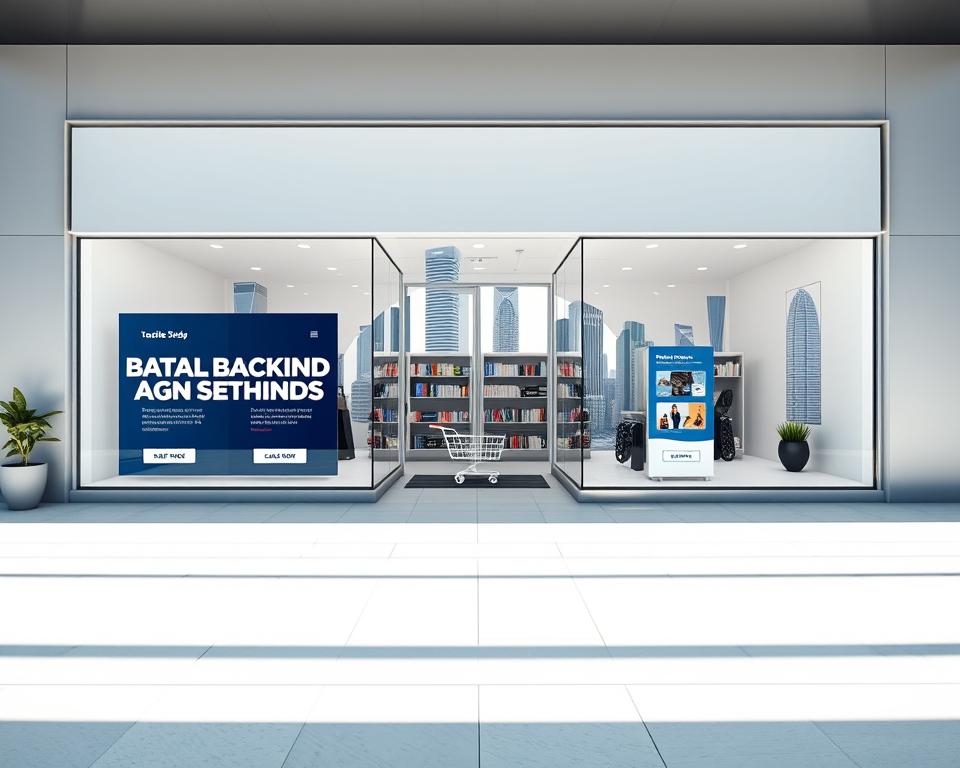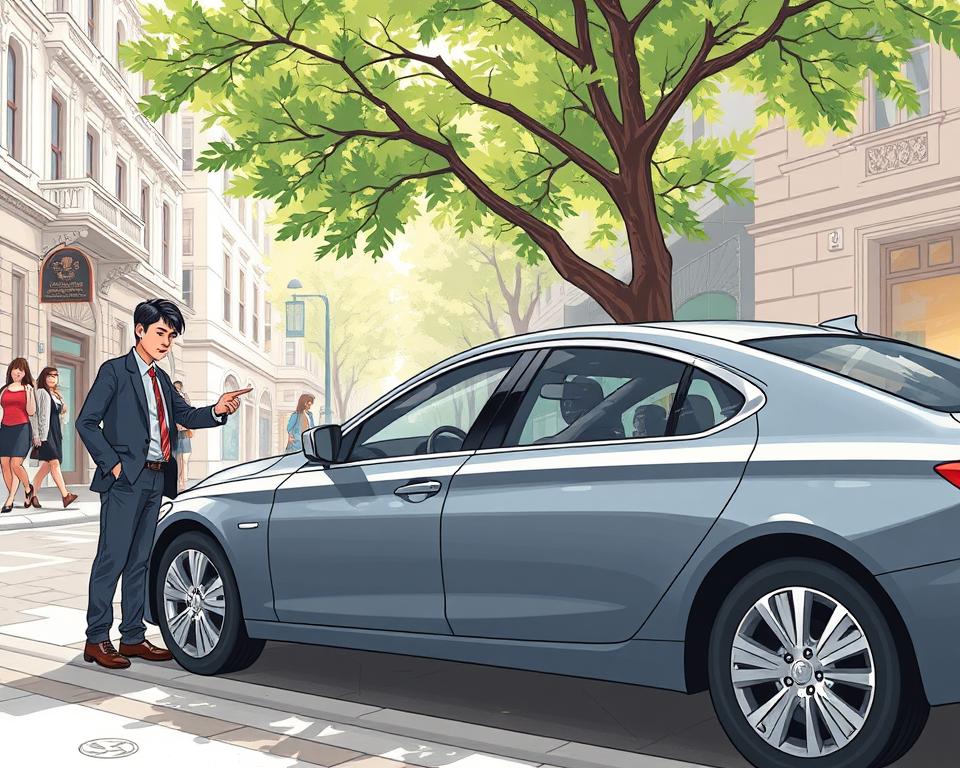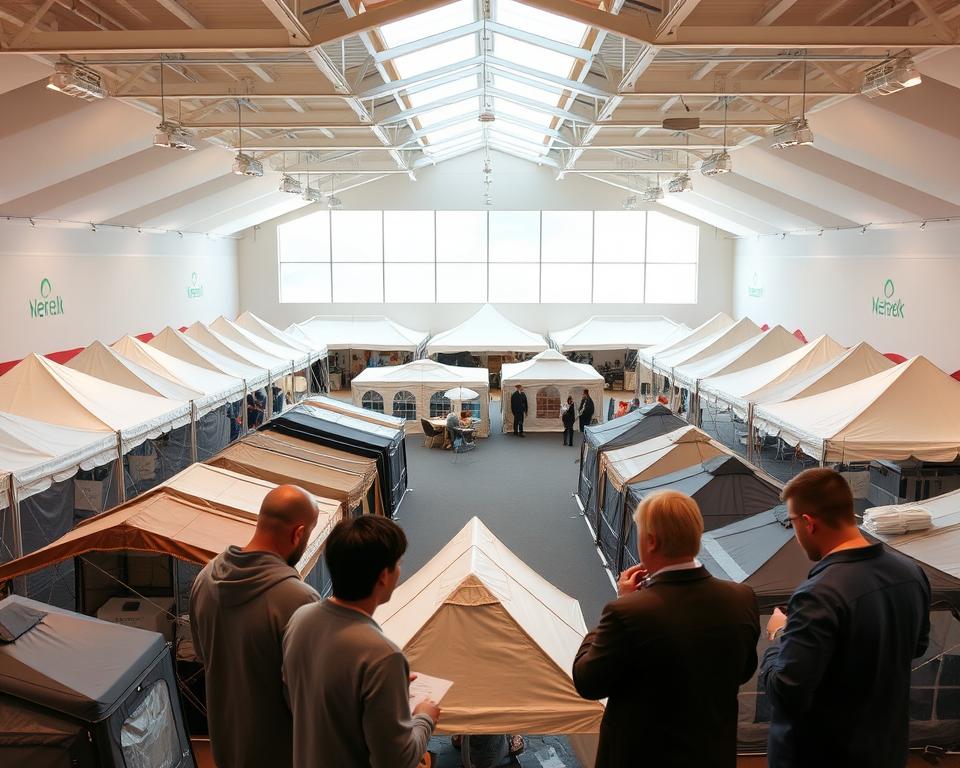Maximize Your Reach with Affordable SEO Services
Over 68% of web interactions start via a search engine—isn’t that staggering? That eye-opening figure highlights how crucial SEO is for enhancing your online presence. In today’s competitive arena, affordable SEO services serve as a vital lifeline for businesses aiming to expand their online presence without financial strain. By opting for the right affordable SEO packages, you can enhance your visibility, attract more organic traffic, and optimize your resources effectively. This article will explore the various facets of affordable SEO services, including their benefits, components, and how to choose the ideal affordable SEO firm for your needs.
- Search engines initiate upwards of 68% of online interactions.
- Affordable SEO services provide cost-effective strategies for improving visibility.
- Tailored affordable SEO packages can drive significant organic traffic.
- Knowing how affordable differs from cheap SEO is essential.
- Tracking results is vital to fine-tuning your SEO strategy.
- Selecting the proper budget SEO agency influences your digital expansion.
Introduction to Affordable SEO Services
Nowadays, maintaining a robust web profile is crucial for companies of every scale. Affordable SEO is a key tool for small businesses to boost their visibility without overspending. They provide targeted approaches that align with your budget, giving you an edge in a competitive arena.
SEO’s role in attracting organic traffic is immense. Affordable SEO plans provide insights into your target audience and effective content strategies. This gives your business the edge to engage with customers. By investing in affordable SEO, you can drive relevant traffic, improve your site’s ranking, and increase conversions.
Budget SEO offerings strive for trackable performance. They combine affordability with a spectrum of proven SEO methods. It’s critical to pick the right affordable SEO plans that align with your business goals. This ensures all aspects of SEO are effectively covered.

Why Choose Affordable SEO Services?
Opting for budget SEO can significantly lift your digital footprint affordably. Numerous SMBs seek economical methods to raise SERP positions and drive revenue. A cost-effective SEO provider delivers premium strategies without overspending.
These services employ targeted strategies that meet your unique needs. This ensures you get the most exposure possible without the hefty costs of traditional SEO firms. With cheap SEO, you gain access to vital tools and methods that deliver results, all while keeping your finances in check.
Choosing a budget SEO partner enables wiser marketing spend management. This strategy fosters sustainable growth and boosts engagement with your audience. It solidifies your brand’s standing in a competitive market.
Affordable vs. Cheap SEO Explained
Your site’s performance hinges on whether you pick quality budget SEO or bargain basement services. Budget SEO aims to produce effective outcomes at reasonable prices. On the other hand, cheap services prioritize low prices over quality and effectiveness.
Many cheap SEO companies use unethical methods to achieve quick results. Such shortcuts invite search-engine sanctions that damage your brand’s image. The aftereffects of discount SEO may involve persistent traffic loss and reputational harm.
Choosing budget-friendly SEO steers you clear of such pitfalls. They emphasize sustainable growth and ethical practices. Such strategies elevate SERP standings and foster audience confidence gradually. Assess the lasting benefits of budget SEO versus fleeting wins from cut-price options.
What’s Included in Budget SEO Plans
Exploring affordable SEO packages requires understanding the essential components they include. They include indispensable SEO actions for improving online results. Here are the main components:
- Keyword Research: It pinpoints the keywords driving your audience’s queries.
- On-Page Optimization: It enhances page elements—titles, headers, links—to boost SERP positions.
- Technical SEO: It addresses site speed, mobile responsiveness, and crawl error fixes.
- Content Creation: Compelling, value-driven copy is essential. It brings in users and cements your reputation.
Budget-friendly SEO packages are carefully crafted to include these key services. Knowing these components helps you select a package that aligns with your business needs and goals.
Why Partner with a Budget SEO Firm
Collaborating with an affordable SEO agency like Marketing1on1.com offers numerous advantages. The first is the tailored services crafted for your business’s unique needs. By opting for affordable SEO marketing, you get strategies that match your objectives, boosting your online visibility.
A key perk is guaranteed, trackable outcomes. These agencies employ advanced tools to monitor performance, making adjustments as necessary. This responsiveness enables data-driven optimization for peak performance.
One standout feature is one-on-one guidance from skilled specialists. They employ pros who understand SEO nuances and deliver forward-looking solutions to grow your traffic. This hands-on help far exceeds the cookie-cutter methods of low-end services.
Finally, teaming with a reputable firm minimizes the threat of poor SEO mistakes. Avoiding cut-rate SEO ensures compliance with search-engine guidelines. This secures long-term expansion and SERP achievements.
Strategies to Expand Your Reach via Budget SEO
Certain approaches are vital for maximizing impact with low-cost SEO. Begin by enhancing your site’s copy for relevance and reader interest. This means incorporating well-researched keywords naturally into your content.
Optimizing for smartphones is essential for wider engagement. As more users access websites on mobile devices, ensuring your site works well on mobile is essential. It significantly boosts usability and keeps visitors longer.
Using social media platforms effectively can also support your affordable organic SEO efforts. Frequent updates and conversations on social networks funnel new audiences to your website.
If you serve nearby clients, local SEO methods pay off. Optimizing your Google My Business listing and using local keywords can attract customers searching for services nearby.
By combining these strategies, you create a well-rounded approach. You’ll not only climb SERPs but also deepen audience engagement. Consider using the table below to monitor the success of these strategies.
| Strategy | Description | Benefits |
|---|---|---|
| Content Enhancement | Enhancing web text through strategic keyword placement. | Boosts SERP rankings and visitor interaction. |
| Mobile Optimization | Making pages responsive and fast-loading on smartphones. | Enhances UX and boosts session duration. |
| Community Building | Consistently updating and engaging on social platforms. | Channels new visitors and nurtures follower loyalty. |
| Area-Specific SEO | Optimizing for local searches through targeted keywords. | Lures local prospects and boosts local rankings. |
Industry-Specific Affordable SEO Solutions
Each sector has its own SEO hurdles and chances. Budget sector-based SEO customizes tactics for niches such as retail sites, healthcare providers, and therapy practices. Generic SEO often falters—specialized plans matching your niche are vital.
Marketing1on1.com excels by crafting individualized strategies that use industry insights for better results. Whether you run a busy e-commerce site or a specialized medical practice, affordable SEO experts create custom plans that match your business objectives. Such precision amplifies discoverability and deepens audience connections.
For therapy practices, establishing trust is paramount. Tailored SEO approaches reinforce your expertise and draw in clientele. Through precise term targeting, content curation, and geo-SEO, these services craft a winning digital footprint.
Local SEO Essentials in Cost-Effective SEO
The role of local SEO is vital for businesses targeting specific areas. Given that 97% locate area businesses via the web, optimizing local SEO is essential.
Optimizing your Google My Business profile, building local citations, and encouraging reviews are critical. Most budget-friendly SEO plans bundle these tactics. So they’re accessible to companies large and small.
Combining local SEO with a tailored approach can draw in nearby customers more effectively. Interacting in your region bolsters brand recognition and customer allegiance. Emphasizing cost-effective geographic SEO helps you shine amid rivals.
Creating Quality Content: The Heart of SEO
Quality content is at the core of successful SEO strategies. It draws in visitors and climbs the SERPs simultaneously. A robust plan comprises blogs, in-depth pieces, and item write-ups. Every asset is developed to satisfy reader intent and adhere to SEO guidelines.
Putting resources into low-cost content yields lasting rewards. Strong copy fosters confidence and spurs engagement, driving higher visibility. This commitment should be reflected in well-researched articles that offer value and answer specific queries.
Mixing content styles appeals to a broader readership. Narrative-driven posts forge emotional bonds with audiences. Educational pieces position you as an authority in your field. Effective product copy boosts buyer confidence and sales.
Embedding high-grade copy in your SEO plan lays the groundwork for enduring results. A dedicated content plan helps you draw and keep visitors interested in your services.
Measuring Success with Performance Tracking
Knowing which metrics to track is vital for measuring your SEO success. By focusing on critical indicators, you can track SEO success effectively. This practice verifies that your efforts yield real ROI.
Effective performance tracking involves measuring a variety of metrics, including:
- Organic traffic: This indicates the number of visitors arriving at your website through search engine results.
- Conversion rates: Measures how many visitors complete goals like sales or sign-ups.
- SERP positions: Shows where your pages appear for focus keyphrases.
By using these metrics, you can continually refine your strategies. This drives upward SERP movement and higher conversion rates. Ensure your cost-effective SEO team delivers comprehensive reporting. This approach fosters accountability and proves the value of the strategies used.
| Metric | What It Measures | Importance |
|---|---|---|
| Organic Traffic | Number of users sourced via SERPs | Reflects visibility improvement |
| Action Percentage | Portion of users performing target actions | Reflects website efficiency |
| Keyword Positions | Positions for targeted search terms | Shows visibility and competitiveness |
Using a solid framework for measuring these performance metrics in SEO can boost your online presence. It propels you closer to your strategic objectives. Sharpen your tactics alongside trusted, budget SEO experts dedicated to driving results.
What to Expect from Affordable SEO Services
Engaging with affordable SEO services requires clear expectations. Businesses should anticipate various deliverables that boost online presence and visibility. First, they perform comprehensive site analyses. It reveals wins and weaknesses, setting the strategy blueprint.
Expect measurable outcomes from affordable SEO services, such as improved keyword rankings and website traffic. A targeted approach could emphasize niche phrases, although low-end SEO also highlights these. These keywords attract targeted traffic, essential for smaller businesses aiming at specific audiences.
Regular dialogue with your SEO partner is crucial. Consistent feedback and analytics sharing highlight campaign progress. You’ll review visitor trends, interaction metrics, and conversion lifts. This transparency keeps you informed about your investment’s progress.
Lastly, patience is essential in the SEO journey. SEO gains accumulate over time, so sustained partnership matters. By understanding the realistic expectations of affordable SEO, your business can achieve sustainable growth and enhanced digital presence.
How to Select a Budget SEO Provider
When picking a cost-effective SEO firm, consider multiple elements to ensure synergy. Start by looking at the success stories of previous clients. They showcase the agency’s competence and deliverables. Genuine testimonials and case studies showcase how a trusted affordable SEO agency has boosted its clients’ growth and visibility.
Next, analyze the scope of services provided. A provider offering end-to-end SEO—from discovery to perpetual refinement—shows holistic expertise. Knowing the full scope of services helps in choosing the right SEO company for your unique needs.
Clear dialogue and regular updates are equally critical. Clear communication ensures you understand your goals, while regular reports keep you updated on progress and outcomes. A strong partner prioritizes openness and offers concise, actionable reports.
In conclusion, selecting an affordable SEO provider is more than just looking at costs. It involves a detailed review of past achievements, a diverse service portfolio, and effective communication. Together, these considerations help you select the ideal SEO collaborator.
Conclusion
In today’s fast-paced digital marketing world, affordable SEO services are essential for businesses to shine. They enhance your digital reach and engage a larger pool of prospective customers. We’ve illustrated that the proper low-cost SEO strategy lets you lead without overspending.
Looking ahead, affordable SEO is not a cutback on quality. It’s a wise choice, enabling you to use content and strategies that fit your industry perfectly. This emphasis on value paves the way for enduring expansion.
The benefits of opting for budget SEO are obvious. It’s not just a quick fix; it’s a long-term plan for your business’s success. By focusing on affordable SEO, your brand stays current and competitive in a constantly shifting market.









